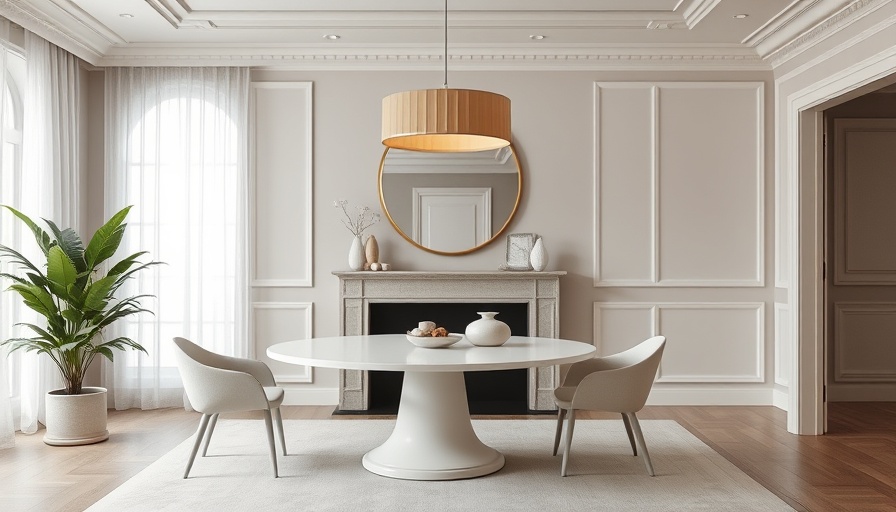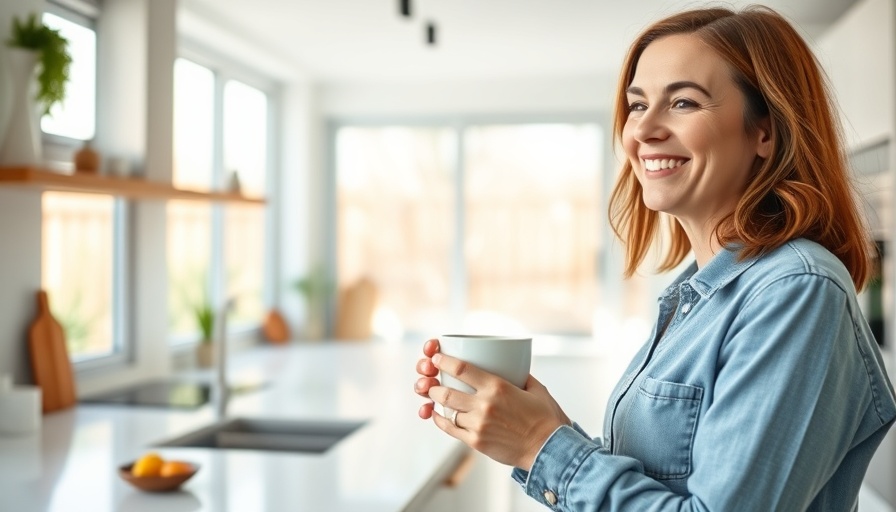
Transform Your Space with Colour Capping: The Latest Trend to Make Rooms Feel Bigger
As homeowners, we’re always on the lookout for innovative ways to enhance our living spaces, and 2026 is set to bring a fresh breath of air into home design with a captivating technique known as colour capping. This paint trend, currently gaining traction among design experts, focuses on creating the illusion of space, an essential aspect for many of us living in the bustling design capital of the UK – London.
What is Colour Capping?
In essence, colour capping involves employing a tonal paint wash that gently deepens as it ascends, effectively turning the ceiling into a stylish component of your interior. Unlike traditional colour drenching, which utilizes a singular hue throughout, colour capping introduces a sophisticated interplay of shades from the same colour family. According to Helen Shaw, Director of Marketing at Benjamin Moore, this technique not only enhances visual cohesion but also makes rooms feel larger by extending the eye’s perception upward.
The Science Behind the Trend
Why does colour capping work so effectively? The concept is rooted in basic design principles—extending the wall colour into a deeper shade on the ceiling creates a continuous visual effect that tricks the mind into perceiving more space above. By seamlessly blending the walls and ceiling, homeowners can achieve a contemporary aesthetic while embracing a warm and inviting atmosphere.
Practical Tips for Implementing Colour Capping at Home
When embarking on your colour capping journey, here are some expert tips to help guide you:
- Choose Your Palette Wisely: Select multiple tones within the same color family to enhance the layered effect. Aim for a darker shade for the ceiling and lighter shades for the walls.
- Incorporate All Surfaces: Don't forget to include skirting boards in your tonal wash to create a cohesive look throughout the room.
- Consider the Architecture: If your home features period architecture, rich tones can accentuate decorative elements like ornate ceilings and fireplaces, adding depth and character.
Historical Context and Background of Colour Trends
The evolution of painting techniques in interior design has mirrored societal changes. As our understanding of space and environment shifts, so does the way we approach our living areas. Colour capping, as a natural progression from colour drenching, reflects our growing desire to create aesthetically pleasing yet functional homes. The increasing need for urban living solutions, especially in cities like London, has necessitated innovative design ideas that capitalize on smaller spaces.
Future Predictions for Home Design
Looking ahead, colour capping is expected to gain wider acceptance within interior design trends. As homeowners embrace sustainability and eco-friendly living, utilizing paint to enhance space without extensive renovation is expected to rise in popularity. In a city known for blending the old with the new, we can anticipate colour capping being integrated into contemporary designs that respect a property's history while meeting modern demands.
Embracing Change: Final Thoughts
As young homeowners in London, embarking on home improvement projects that reflect your style while optimizing space is essential. Colour capping is not just a painting technique; it’s a statement that communicates both creativity and practicality. Don't shy away from experimenting with colours that resonate with you—your home is a canvas waiting to be transformed!
If you're intrigued by how colour capping can enhance your space, consider reaching out to local design experts or exploring community workshops that delve into DIY home improvements. Join the movement that combines style, functionality, and sustainability; your home deserves nothing less.
 Add Row
Add Row  Add
Add 




Write A Comment